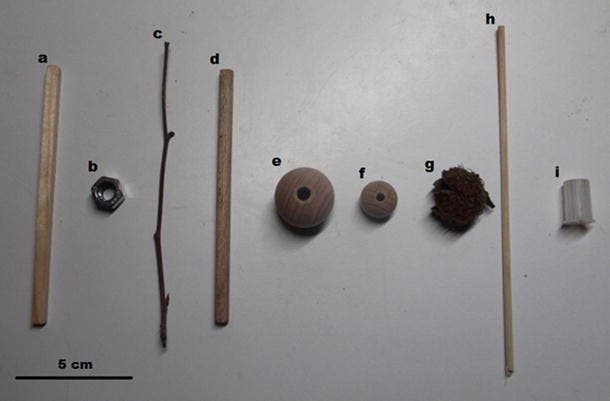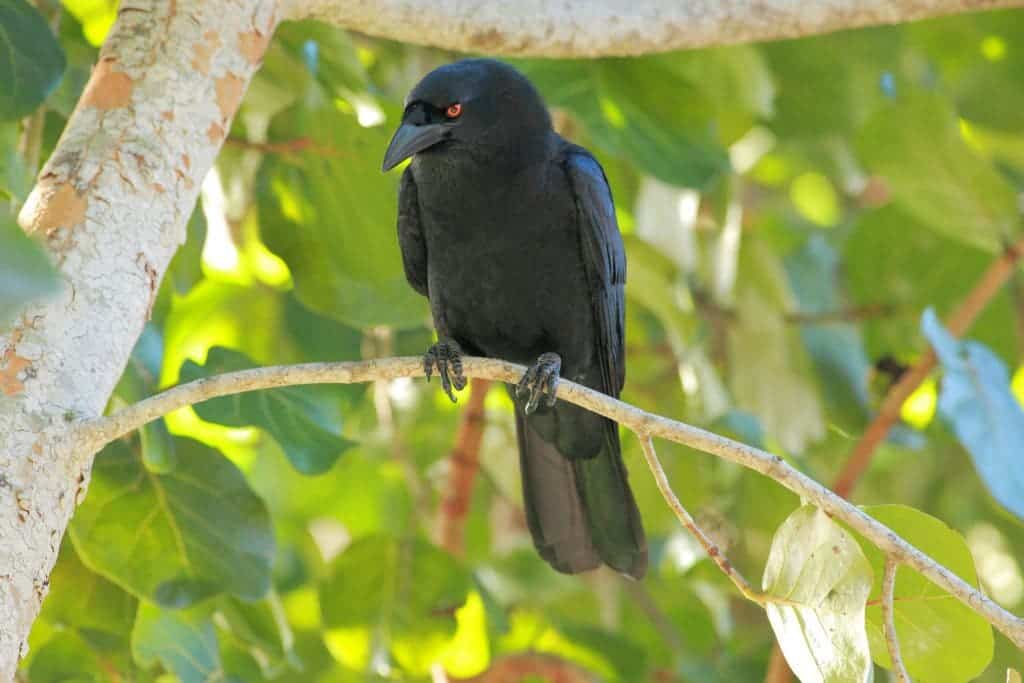Corvidae birds have exceptionally large brains and are adept tool users, despite having no hands, let alone opposable thumbs. New Caledonian crows are no exception. Scientists have witnessed captive crows add another remarkable tool use to their already rich repertoire. Not one, but two crows were seen inserting sticks into objects to carry both at once. Some of these objects were too cumbersome to carry by beak alone, which is telling of the birds’ ingenuity.
Four such instances were observed by researchers at Lund University in Sweden, including the slipping of a wooden stick inside a metal nut or into the hole of a large wooden ball. In all instances, both stick (carrying tool) and the hooked objects were flown away by the crows, the researchers reported in the journal Animal Cognition.
Scientists are not sure at this point if this kind of behaviour is employed by other crows or Corvidae members such as ravens in the wild. It’s possible that one of the crows was the innovator, and the other captive individual observed, learned and mimicked this. It’s really difficult to tell at this point, judging from the actions of only two individuals. But if you were to ask me, I see no reason why wild crows aren’t doing this already — to carry food too big for their beaks, for instance, and stash it for later use. Indeed, a 2002 paper published in Science recounts how a New Caledonian crow named Betty took a piece of wire, bent it into a hook, then retrieved some food otherwise out of reach. Betty was also captive, though.

Tools and objects used for insert-and-transport tool use. A is an experimental square wooden stick. Credit: Animal Cognition, Springer
Wild crows doing the same wouldn’t be surprising considering their track record. Time and time again, animal behaviorists have observed crows doing amazing things with their environments to solve new problems. Besides crafting hooks to reach food from sticks, crows can recognize people’s faces and understand water displacement on the same level as a child. That’s among other amazing things. Most people don’t hold crows in high esteem due to their allegedly repulsive appearance (I think they look very cool, actually), which is a shame. By judging crows by their cover, they might be missing out on a spectacle of nature. Me, you and crows aren’t all that different in many ways.










